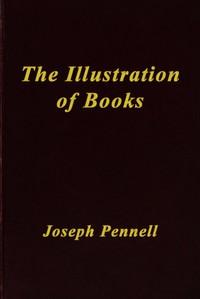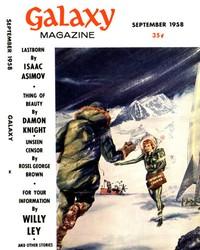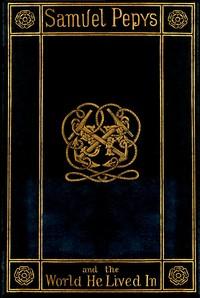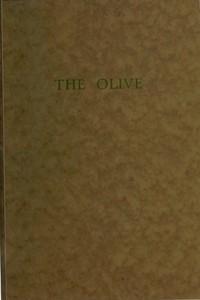Read this ebook for free! No credit card needed, absolutely nothing to pay.
Words: 28467 in 7 pages
This is an ebook sharing website. You can read the uploaded ebooks for free here. No credit cards needed, nothing to pay. If you want to own a digital copy of the ebook, or want to read offline with your favorite ebook-reader, then you can choose to buy and download the ebook.


: The Illustration of Books A Manual for the Use of Students Notes for a Course of Lectures at the Slade School University College by Pennell Joseph - Illustration of books; Illustration of books Handbooks manuals etc.
PREFACE
These lectures were delivered in the Slade School, University College, at the request and suggestion of Professor F. Brown, and, I believe, were the first, or among the first, serious attempts in this country to point out all the various methods of making and reproducing drawings for book and newspaper illustration.
Since they were first delivered, now some three winters ago, courses of lectures on illustration, and classes for instruction in drawing and engraving have been started in almost all art schools.
It seemed to me, therefore, that a small manual on the subject might be useful.
There is no attempt in this book to define Art, or even to tell the student how to draw; that he learns in his ordinary school work. Still less is there any endeavour to dictate, or even suggest, any especial style, or manner of handling, or technique.
But illustration is, up to a certain point, a mechanical craft, which must be learned, and can be learned, by any one. And ignorance of the requirements and absolute necessities are evident all around us.
The book, therefore, might rather be described as a series of tips or hints--to put it on as low a plane as possible--the result of practical experience, which should enable the student to make his drawings so that they will produce a good effect on the printed page; but, first of all, he must be able to make the drawing well. No one can teach him that; but he can be taught what materials he should use, where he can get them, and how he should employ them. That is all I have tried to do.
As I have said in this book repeatedly, processes are discovered and perfected almost daily. Since these lectures were last given, the method of etching zinc and copper half-tone blocks has been entirely revolutionised. Now, there is no inking up of plates; the photograph on the metal serves as a protecting and acid-resisting ground, and the biting is done as simply as in ordinary etching; though, of course, it is the lines or dots which are left in relief.
Possibly before the book is out, even greater improvements and developments may be made.
Nor have I attempted to describe all the tricks, dodges, and clever schemes employed in newspaper offices for making blocks from photographs, or for the rapid reproduction of sketches, such as drawing on lithographic transfer paper, making photographic enlargements on fugitive prints. All are most useful and valuable in their way, but not exactly what one would tell a student to do. If he becomes an illustrator he will learn these things fast enough.
As the book is passing through the press Mr. W. Lewis Fraser, the art manager of "The Century" magazine, writes me that he thinks it "a good practical book, likely to be of much use to the young illustrator, and save the art editor many a pang and many a sorrow." I hope so, and it is with this hope that the book is published.
THE ILLUSTRATION OF BOOKS.
Free books android app tbrJar TBR JAR Read Free books online gutenberg
More posts by @FreeBooks

: From an Unseen Censor by Brown Rosel George Dillon Diane Illustrator Dillon Leo Illustrator - Science fiction; Inheritance and succession Fiction; Uncles Fiction; Mystery fiction; Extrasolar planets Fiction Science Fiction


: Samuel Pepys and the World He Lived In by Wheatley Henry B Henry Benjamin - Pepys Samuel 1633-1703; Cabinet officers Great Britain Biography; Diarists Great Britain Biography; Great Britain Social life and customs 17th century






